Light Swedish tank Strv m / 38 and its modifications
In the first half of the 30-ies of XX century, the Swedish army stood at a crossroads: to buy armored vehicles abroad or to establish their own production of tanks? In favor of the latter option was the fact that in recent years, the country still managed to establish a tank industry. Moreover, not every tank created in Sweden fit into the tactical and technical requirements put forward by the military of this country. At the same time, the purchase of tanks abroad would allow to get ready-made vehicles in a few months, along with a set of spare parts and training of technical personnel, but the Swedes decided to focus on their own military-industrial complex. They saw Landsverk’s L-60 tank and its further upgrades as promising. At the same time, in the 1936 year, Sweden still signed a contract with Czechoslovakia for the supply of AH-IV-S tanket shoes manufactured by CKD, they arrived in the country after 1,5 of the year, having received the designation Strv m / 37.
Light tank L-60, created by the German engineer Otto Merker, who had previously designed the tank L-5, turned out to be extremely successful for the 1934 of the year. This tank was a modernized version of the earlier model L-10, which was already in service with the army of Sweden under the designation Strv m / 31. Retaining the same weapons and reservation level, the L-60 tank received a more powerful powerplant and independent suspension roller support, which significantly improved the driving capabilities of this combat vehicle, and the shape of the hull was changed. In general, the chassis has been changed very much. On the L-10, the road wheels were assembled in carts, and on the L-60 there was already an independent torsion bar suspension. It is worth noting that the tank L-10 was released in a batch of just 3 units. The process of manufacturing and testing of these tanks was delayed, and it turned out to be in the army only in 1935 year.
The Swedish army initially refused to adopt the L-60 tank, but pretty soon Landsverk offered an option that was more adapted to their requirements. The undercarriage of the new tank included 4 dual rollers with rubber band and individual torsion bar suspension, as well as two support rollers (applicable to each side), a rear axle guide wheel (sloth) and gear toothed front wheel. To reduce the specific load and improve traction with the ground while driving, the sloth was almost lying on the ground.
The hull of the light tank had a riveted-welded structure. He was going from sheets of rolled armored steel, having a different thickness. So the front hull sheets of the tank had a thickness of 15 mm, they were located at significant angles of inclination, which increased the thickness of the above armor. The sides of the hull were also made of armor plates with a thickness of 15 mm, while the roof and the bottom of the hull were only 6 mm thick.
The layout of the tank hull was classic. In front of the unit was a steering and transmission. The site of the mechvod was located at the left side of the tank and stood out by cutting a small form with a rectangular hatch and three viewing instruments with triplexes. The fighting compartment occupied the middle part of the corps. Here were the seats of the tank commander and gunner. A conical tower was installed on the roof of the fighting compartment. In the front armored mask, which was pushed forward strongly, there was a 37-mm Bofors m / 38 cannon and a 8-mm machine gun paired with it. The aft niche of the tower was designed to set up a radio station. The antenna pin type was displayed on the left side of the tower. Also on the roof of the tower with an offset to the right was a commander's turret, to the left in front was a periscope sight in an armored cap. To evacuate the crew, armored hatches were placed on both sides of the turret.
At the rear of the case was a Scania-Vabis 6 1664-cylinder gasoline engine, which developed the power of the HP 142. Here was a fuel tank, as well as cooling and lubrication systems. Special hatches were made in the roof of the engine compartment and in the stern armor sheet to access the power plant. The transmission of the tank included the main friction dry friction, 5-speed manual gearbox, side clutches and a lockable differential.
Despite improvements by Landsverk’s designers, the tank, designated L-60S, still did not suit the Swedish military. Moreover, the Swedes negotiated with Skoda for quite a long time and even managed to conclude a contract for the supply of a large batch of TNH-Sv tanks from Czechoslovakia (export version LT vz.38 for Sweden), but the occupation of this country by Hitler’s Germany thwarted the deal to the joy of Landsverk. Although Sweden still was able to acquire a license for the release of these tanks. Another impetus to turn to the capabilities of our own defense industry has become a very rapidly growing situation in Europe. Although Sweden and Germany were in an informal union, Stockholm understood that it was dangerous to trust the fascists. The Swedish army needed urgent reinforcement with armored vehicles. Therefore, in the 1938 year, the decision was made to adopt the L-60S tank under the designation Stridsvagn m / 38, abbreviated Strv m / 38. Over the course of several months, 16 of such tanks, which received 148-162 production numbers and army 61-77, were assembled in Sweden. One of these tanks (machine number 62) was not even assembled from armored steel.
Almost immediately after the end of the batch of Strv m / 38 tanks, the Landsverk company specialists offered the military a new modification of the combat vehicle, designated Strv m / 39. The main difference of the tank was the enhancement of weapons, the 37-mm gun Bofors m / 38 and two 8-mm machine guns m / 36 were installed in the mask of the modified form. The order for the release of tanks of this version was received in December 1939 of the year, but their delivery to the army was greatly delayed. By the time the production of these tanks was stopped in the spring of 1941, it was possible to assemble all 20 combat vehicles that had received 283-302 serial numbers.
Taking into account the experience of fighting in Europe, in May 1941, the command of the Swedish armored forces decided to strengthen the protection of tanks. Since the production of thicker armor plates was not possible in the near future, Landsverk specialists made a compromise solution that was simple and effective at the same time. They simply reinforced the frontal part of the tank hull with additional patch armor plates of thickness 35-mm, which made it possible to bring the thickness of the frontal armor to 50-mm. After this modernization, the tank could withstand hit of anti-tank artillery shells of 37-47-mm caliber at combat distances of more than 500 meters. It is difficult to say how many Swedish tanks Strv m / 39 received additional reservations. Perhaps, during the war years, additional mounted armor was installed on all tanks, but in peacetime after the war it was abandoned to reduce the mass of the vehicle.
While the Swedish military mastered the Strv m / 38 and Strv m / 39 tanks, Landsverk’s engineers didn’t sit around. They carried out a more serious modernization of the tank. The updated version, which was presented in winter 1940 of the year, received the factory designation L-60SII. This tank was different modified tower, automatic transmission and betrayal design ducts. Initially, the reservation was the same as in earlier versions, but over time it was reinforced by the installation of 35-mm overhead armor plates. In anticipation of the German invasion, while the Swedish military considered this possibility seriously, 100 L-60SII tanks, designated Strv m / 40L (Landsverk), were ordered. In some way, the order so large for the Swedish army was due to the fact that the supply of Czechoslovak TNH-Sv tanks to the country was disrupted.
The latest Swedish tank, which was created on the basis of the L-60, was the version adopted as the Strv m / 40K. There was no particular need for these tanks before 1943, but the process of reorganization of the Swedish armored forces that had begun began demanding more combat equipment. As a result, an order was issued to Landsverk in the summer of 1943, to build more 80 of such tanks. However, the company was already loaded with army orders, so it connected Kalrstad to production. Hence the appearance of the letter "K" in the name of the tank. A distinctive feature of this modification of the combat vehicle was a homogeneous, and not “flaky” 50-mm armor in the frontal part of the hull, as well as a more powerful engine and a reinforced suspension. The 6-cylinder gasoline engine Scania-Vabis L 603 horsepower 162 hp appeared on the tank. (increase 20 hp). The rest of the Strv m / 40K was no different from the Strv m / 40L tank. The Swedish Army Strv m / 40K tank shipments were completed in September 1944.
Serial production of light tanks Strv m / 38, 39, 40 continued from 1939 to 1944 year. A total of 216 combat vehicles of this type were built during this time (16 - Strv m / 38, 20 - Strv m / 39, 100 - Strv m / 40L and 80 - Strv m / 40K). It is curious that according to the classification of the Swedish army up to 1943, the Strv m / 38 tank was considered medium only after passing into the category of light tanks. Although the Swedes tried to take into account the experience of howling European countries when creating this combat vehicle, they lagged behind the leaders of tank construction in those years. Of course, in the 1934, the L-60 looked quite competitive, it remained so at the beginning of the 1939, but already in the 1940-ies the tank was hopelessly outdated. At the same time, all tanks made in Sweden were distinguished by exceptional reliability and a well-developed design, which made it possible to actively use these combat vehicles for 15-20 years, and in the Dominican Republic the last Strv m / 40K tanks were removed from service only at the beginning of 2000 -y's
Export Destiny Tanks
Already in 1935, two L-60 tanks were acquired by Ireland. The first was brought into the country in the same year, the second reached Ireland only in 1936. Both combat vehicles were included in the 2-th armored squadron, located in Kurrah. Ireland also planned to deploy mass production of these tanks, but this was not possible. The tanks supplied to this country replaced the engine (Bussing-Nag V8 with 160 horsepower) and weaponry (one 20-mm cannon and one 7,71-mm Madsen machine gun). In 1953, the modernization of these two combat vehicles was carried out, they received an improved chassis. In operation, these light tanks remained until the end of the 1960-ies. In this case, both combat vehicles managed to save: the first is in the National Museum of Ireland, and the second - in the barracks of Collin.
In 1938, the Hungarian military took notice of the Swedish tanks. The government of this country was to adopt a plan for the modernization of the armed forces, under which one copy of the Landsverk L-60 tank was ordered from Sweden. Upon arrival in Hungary, the tank was sent for comparative tests together with the German tank Pz.Kpfw.I, which simply had no chance in confrontation with the Swede. As a result, the Hungarian military commission decided to use the L-60 as a model for creating its own tank. In this case, the Hungarians made some changes to the design of the combat vehicle. The Swedes, in fact, did not object to the Hungarian modernization. As a result, the Hungarian version of this tank entered history under the designation 38M Toldi. From 1939 to 1944, Hungary produced the 202 of such a light tank in a year. Unlike their Swedish counterparts, they took part in the battles of the Second World War.
In the 1956 year 20 tanks Strv m / 40K Sweden was able to sell to the Dominican Republic, where they received the symbol L / 60L. In April, a civil war broke out in the country, in which part of the tanks bought in Sweden was lost. However, 1965 combat vehicles, which managed to survive the war, were repaired and put into operation. They continued to be used in the army of this state until the beginning of the 12s, when they were finally decommissioned. At the same time, one of these tanks was preserved in excellent condition and is still on the move.
Information sources:
http://www.aviarmor.net/tww2/tanks/sweden/stridsvagn_strv_m38.htm
http://book-online.com.ua/read.php?book=6432&page=46
http://ru.tankpedia.wikia.com/wiki/Landsverk_L-60
http://tanks.mod16.org/blog (фото)
Open source materials
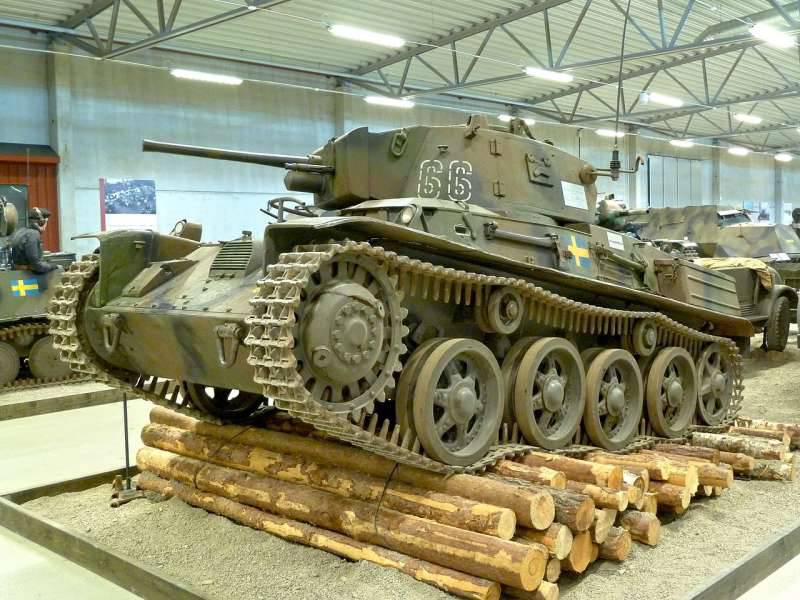
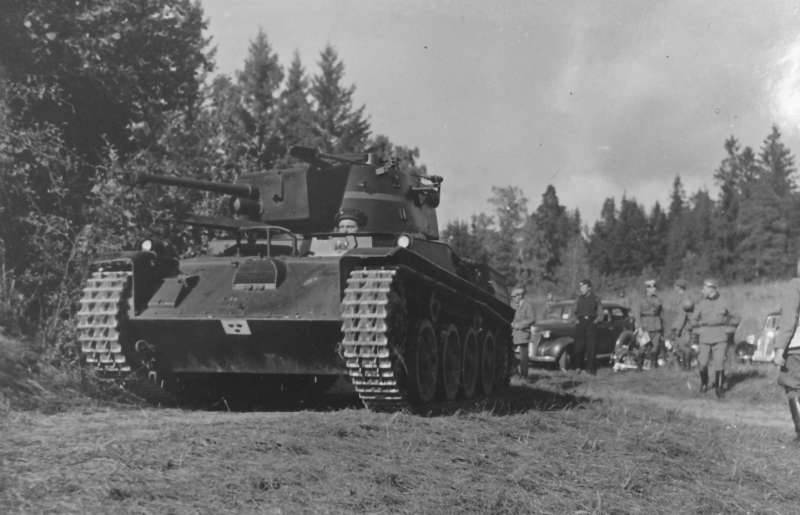
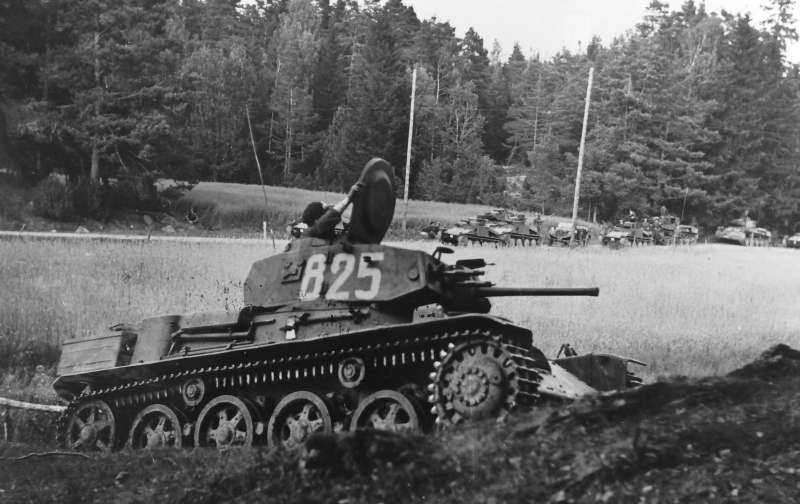
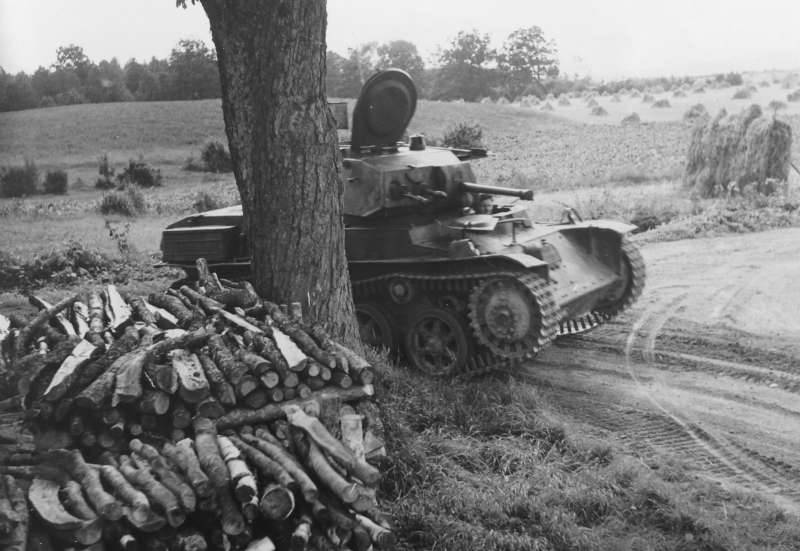
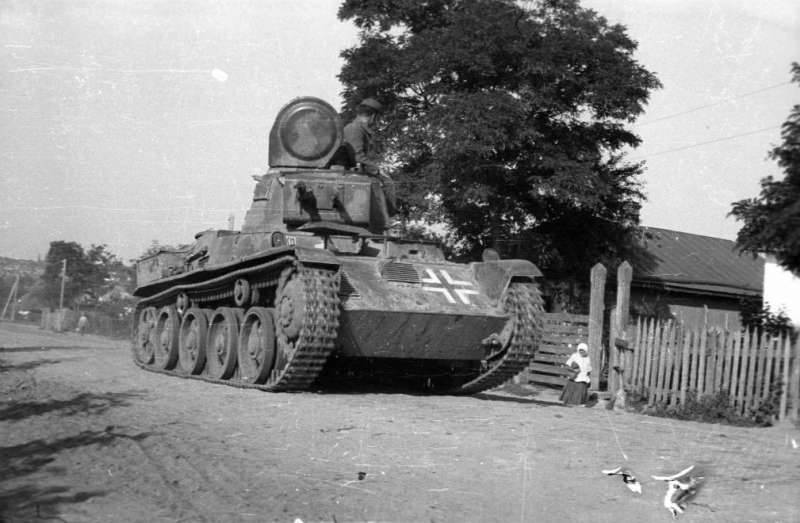

Information